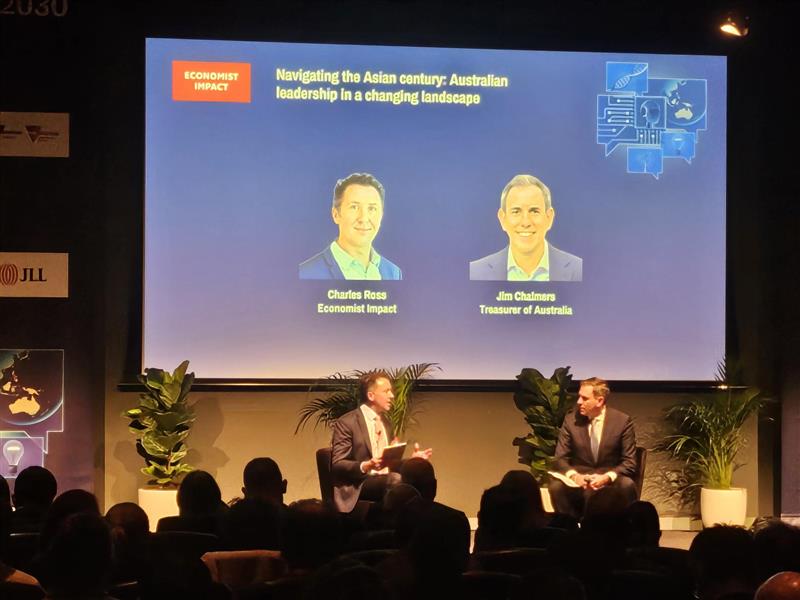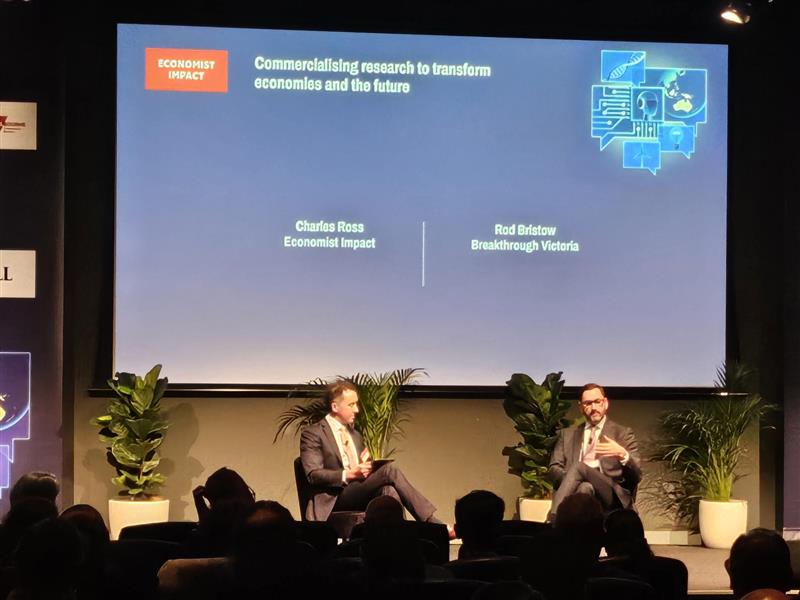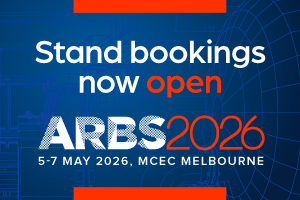Springing towards a more sustainable future
AIRAH CEO Sami Zheng, Affil.AIRAH, reflects on the steps Australia can take to become healthier, more sustainable, and more resilient over the next five years.

Spring has begun with a real sense of momentum. This month, I had the privilege of attending the Progress 2030 Summit hosted by The Economist. It was a gathering of global thinkers, policymakers, innovators, and industry leaders who all shared their perspectives on what it will take to build stronger economies, healthier societies, and a sustainable planet by 2030.
The event left me both inspired and challenged. I want to share some key reflections with you, our members, because these conversations connect directly to the work we do together at AIRAH.
Australia’s strategic advantage
Federal Treasurer Jim Chalmers opened the event by noting that technology, climate change, and geopolitical shifts are reshaping the global economy at a rapid pace. Despite these challenges, Australia holds distinct advantages: strong institutions, reliable infrastructure, and proximity to Asia.


The challenge, he said, is to turn geographic luck into strategic strength, and smart policy into global exports. It was a strong reminder that in a world of shifting dynamics, our ability to adapt and lead is as important as the resources we hold.
From research to economic value
Rod Bristow, Chief Executive of Breakthrough Victoria, raised another crucial point: Australia’s universities produce world-class research, but our ability to translate those discoveries into economic value lags behind the field. Countries like China, Japan, South Korea, and Taiwan spend up to eight times as much on research and development (R&D) relative to their GDP than we do. By contrast, Australia’s R&D spending is currently at its lowest level since 1978.
His message was clear – to compete globally, we must invest more in turning ideas into impact. Stronger innovation ecosystems built on partnerships between academia, business, and investors are essential. This includes targeted investment, experienced mentorship, and better pathways to commercialisation.


Opportunities ahead
It was encouraging to hear how Australia could leverage its unique strengths: vast critical minerals, abundant solar and wind resources, a stable regulatory environment, globally respected universities, deep pools of capital in our superannuation funds, and a strong concentration of expertise in emerging fields like quantum technology. Together, these assets provide a powerful platform for innovation – if we seize the opportunity.
What this means for us
For AIRAH, these messages resonate deeply. Our sector – HVAC&R building services – sits at the intersection of technology, energy, health, and climate. We know that the systems we design, install, maintain, and innovate directly influence Australia’s ability to meet its carbon emissions targets, ensure resilience in a changing climate, and support healthier communities.
But as the summit made clear, the government cannot achieve these outcomes alone. Collaboration is essential. As the peak body, AIRAH must continue strengthening our role as a conduit between industry partners, research institutions, and government bodies. Our responsibility is to connect ideas with practice, research with application, and policy with outcomes.
This spring, let’s carry that energy forward.
PREV
NEXT
Comments
Advertisements
Recent news
- 2025 AIRAH National Awards: Bryon Price, L.AIRAH, awarded the James Harrison Medal
- 2025 AIRAH National Awards: Stefan Jensen, L.AIRAH, wins WR Ahern Award
- 2025 AIRAH National Awards: Brett Fairweather, F.AIRAH, wins Excellence in Knowledge Building
Latest events
- 2025 AIRAH National Awards: Bryon Price, L.AIRAH, awarded the James Harrison Medal
- 2025 AIRAH National Awards: Stefan Jensen, L.AIRAH, wins WR Ahern Award
- 2025 AIRAH National Awards: Brett Fairweather, F.AIRAH, wins Excellence in Knowledge Building
 Sami Zheng, Affil.AIRAH
Sami Zheng, Affil.AIRAH

Leave a Reply